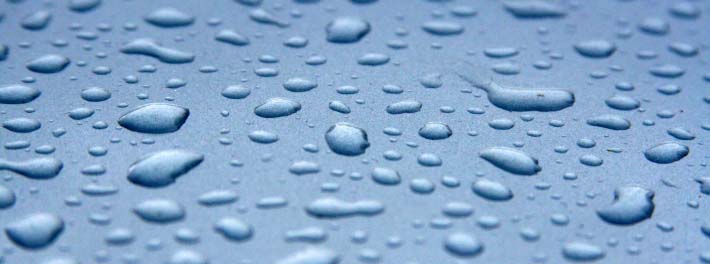10 Reasons Why EPDM Is The Most Eco Roof Option
EPDM rubber is often hailed as the most environmentally friendly roofing system. Not satisfied with easy-to-make claims, we wanted to explore the actual reasons why rubber roofing is the most eco-friendly option for your roofing project.
1. Greenpeace Approved
In a report entitled “Building For The Future”, the international environmental agency, Greenpeace, put EPDM membranes at the top of their rankings of low impact membranes. This ranking was based on EPDM’s environmental sustainability due to its extended lifespan and re-usability.
2. Non-Polluting Rainwater


As it is non-toxic, EPDM rubber doesn’t pollute rainwater. So when rain causes puddles on the roof, no harmful chemicals will pollute this rainwater. This means the water will not affect the environment and wildlife and stays safe for rainwater harvesting – a great way to reduce water bills and water consumption by up to 40%, contributing to a more sustainable way of living.
3. Recycling Rubber
Much of the EPDM rubber roofing available is developed by recycling the rubber used in the tyre making process. It is for this reason that you will find many manufacturers usually associated with producing tyres are also manufacturers of rubber roofing. Using this rubber prevents it from being incinerated, a process that releases harmful black smoke and hydrocarbons into the air.
4. No Bitumen Issues
Roofing felt, one of the most popular roofing materials, contains bitumen, which is a complex substance derived from crude oil and is categorised as a hazardous material in certain areas. Not only does this have a negative impact on the environment, but it also makes disposing of roofing felt difficult and expensive. Unlike roofing felt, EPDM contains no bitumen.
5. Low Smog Impact


The Life Cycle Inventory and Assessment of Low-Slope Roofing Systems in North America study found that EPDM roofing had the lowest impact on smog, acid rain and global warming potential in comparison to other roofing systems.
6. Low Global Warming Potential (GWP)
At only 6.93 kg CO² per square foot, the global warming potential of EPDM is nearly half that of the nearest material.
7. Durability
When installed correctly, EPDM has a life expectancy in excess of 50 years. This durability and also EPDM’s ease of repair, reduces the need for EPDM to be disposed of in landfill sites, unlike alternatives such as roofing felt (plus EPDM is 100% recyclable, see below). Landfills contaminate water in the surrounding area and release the greenhouse gas methane.
8. 100% Recyclable
EPDM sheets can be recycled after use for things such as the rubber mats used in children’s playgrounds or used as fuel to help reduce dependency on fossil fuels.
EPDM rubber is the choice for the environmentally conscious. Not only is it the healthiest option for the planet, but it’s also the choice for the financially savvy. Long lifespan and durability mean that replacement costs are far less than the alternatives.
9. ‘Green-system’ Compatible
EPDM roofs are compatible with green systems, meaning vegetation can be grown on top of them. Becoming more widely used, this is a great way that rubber roofs can be used to further help the environment.
10. Solar Panel Compatible
Solar panels are also easily installed on EPDM roofing. This can either be done by mechanically fixing them to the structure, or by using ballast to weigh them down. Whichever way they are installed, using solar panels with your EPDM roofing system will further increase its eco-friendly abilities by enabling you to produce renewable energy and in turn, help the environment.
EPDM rubber is the choice for the environmentally conscious. Not only is it the healthiest option for the planet, but it’s also the choice for the financially savvy. Long lifespan and durability mean that replacement costs are far less than the alternatives.
Find out more on why an EPDM rubber roof is a right choice for you, by clicking here.
